A Guide to Leash Training Your Puppy
Leash training your puppy does not need to be a daunting task! With a little patience and consistency you can have your puppy walking calmly and obediently on a leash in no time. This guide will help provide you with some strategies that will help you successfully train your puppy to walk on a leash.
Setting the Stage for Success
Before you begin leash training, create a positive environment for your puppy to learn. You want your puppy to feel safe and secure. If he becomes anxious or fearful of the leash it can make training a little more challenging. Keep your sessions short, and minimize distractions while they are learning. Use positive reinforcement techniques to help build your puppy’s confidence. Reward your puppy for good behavior, and avoid scary or unfavorable experiences. You also want to set realistic expectations for your puppy. The goal is to walk your puppy on a leash without pulling, but it is important for you to understand that your puppy will make mistakes at first.
Desensitizing Your Puppy to a Leash
Before clipping the leash on to your puppies collar or harness, you can use some desensitization techniques. Here are a few ways to desensitize your puppy to the leash. – Start by holding the leash close to your puppy’s face and body to allow them to sniff and explore the leash. This will help your puppy to become accustomed to the feel and smell of the leash without feeling restricted or pressured. Eventually, you can let your puppy wear the leash in the house for short periods of time while you play.
Teach a Cue
Whether you use your puppy’s name, a click, or the word “yes”, teach a cue that gets your puppy to look at you. Use your cue, and offer a treat when they look at you. The cue is going to be important if your pup tries to lunge for something or pulls on the leash.
Positive Reinforcement for good behavior
Once your puppy is accustomed to the leash, you can begin to practice walking on the leash. When your puppy walks calmly beside you, or with a loose leash, reward him with verbal praise, or with a treat. (Important note: Bernese Mountain Dogs often have sensitive tummies, and we recommend using their kibble as a reward. Doing training sessions before meals is ideal) You always want your puppy to associate the leash with positive feelings.
Pulling
If your puppy starts pulling, stop walking and stand still until he comes back to you. You can use your cue work here, and offer a treat when he comes back to you.
Lunging
If your puppy sees something he finds interesting, like a person or a bird, he may try to lunge after it. Ideally, you notice their interest and redirect their attention with your cue word before they lunge. But if they go for it, keep a firm hold on the leash, say “no” firmly, and then redirect with your cue word.
Professional Training Options
If you don’t feel that you are making any headway using the basic techniques, a few sessions with a professional trainer can be very helpful.
Private trainers: If you are looking for full-service, one-on-one training, a private trainer may be the best option for you. You will likely meet with your trainer on a consistent basis, either once or twice a week, to practice the skills you have been taught. We recommend doing a quick google search for private trainers in your area, or reaching out to your local animal shelter. They often have contact information for local trainers.
Group classes: Group classes are another great option. In these classes, you can learn from other puppy owners while also receiving expert training. Pet stores like Petsmart offer group training classes, and depending on your area, animal shelters often have training classes.
UA-113165363-2
